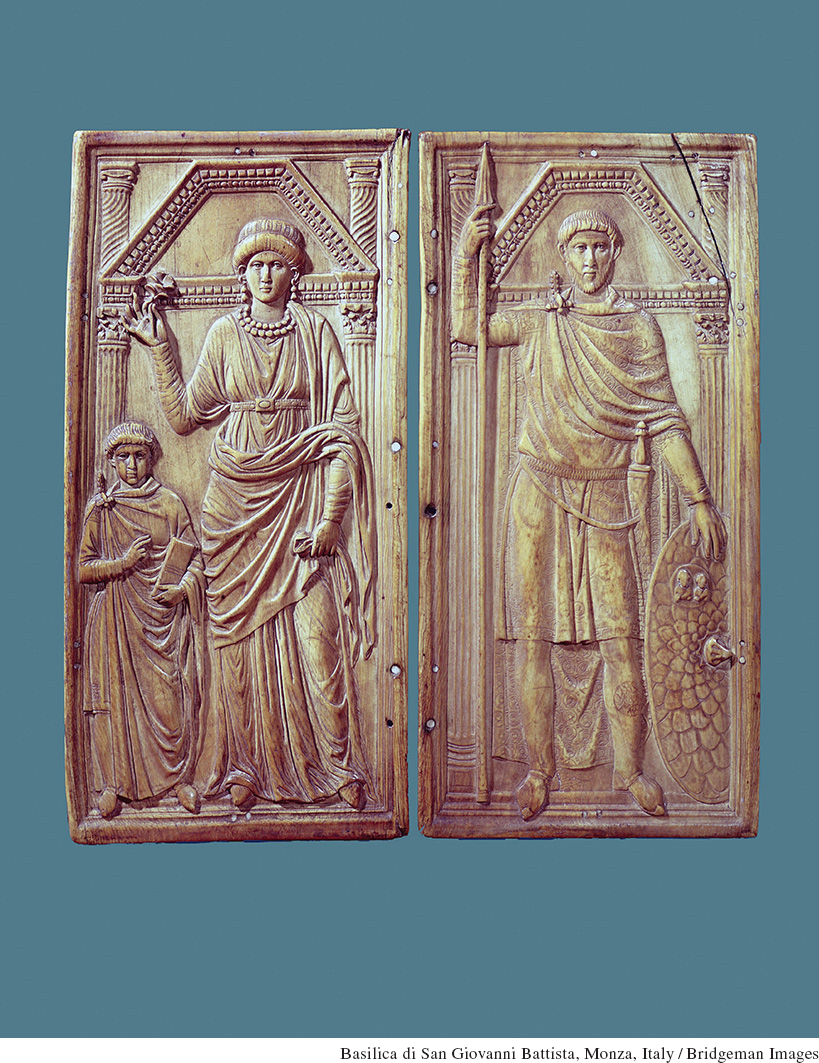Introduction for Chapter 7

AROUND 300,* EMPEROR DIOCLETIAN (r. 284–305) proclaimed the reason why the Roman Empire was endangered: “The immortal gods in their foresight have taken care to proclaim and prescribe what is good and true, which the sayings of many good and distinguished men have approved and confirmed, along with the reasoned judgments of the wisest. It is wrong to oppose and resist these traditions, and a new cult should not find fault with ancient religion. It is a serious crime to question matters that our ancestors established and fixed once and for all. . . . Therefore, we are eager to punish the obstinate and perverse thinking of these utterly worthless people.”
Diocletian had ended the third-century political crisis and kept the Roman Empire from breaking into warring parts by appointing a co-emperor and two assistant emperors. Still, suspicions endured that nontraditional worshippers were responsible for the divine anger that, everyone believed, had sent the crisis. Diocletian convinced his co-rulers first to persecute the pagan Manichaeans (followers of the Iranian prophet Mani and the objects of his proclamation) and then the Christians. His successor Constantine (r. 306–337) ended the persecution by converting to Christianity and supporting his new faith with imperial funds and a policy of religious freedom. Nevertheless, it took a century more for Christianity to become the state religion. The social and cultural transformations produced by the Christianization of the Roman Empire came slowly because many Romans clung to their ancestral beliefs.
Diocletian’s reform of government only postponed the division of imperial territory. In 395, Emperor Theodosius I split the empire in two to try to provide better defense against the barbarians pressing into Roman territory, especially from the north. He appointed one of his sons to rule the west and the other the east. The two emperors were supposed to cooperate, but in the long run this system of divided rule could not cope with the different pressures affecting the two regions.
CHAPTER FOCUS What were the most important sources of unity and of division in the Roman Empire from the reign of Diocletian to the reign of Justinian, and why?
In the western Roman Empire, military and political events provoked social and cultural change when barbarian immigrants began living side by side with Romans. Both groups underwent changes: the barbarians created kingdoms and laws based on Roman traditions yet adopted Christianity, and the wealthy Romans fled from cities to seek safety in country estates when the western government became ineffective. These changes in turn transformed the political landscape of western Europe in ways that foreshadowed the later development of nations there. In the east, however, the empire lived on for another thousand years, passing on the memory of classical traditions to later Western civilization. The eastern half endured as the continuation of the Roman Empire until Turkish invaders conquered it in 1453.